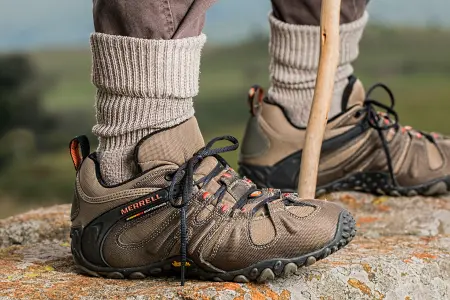Curiosities of the Camino Primitivo
"Quien va a Santiago y no al Salvador, visita al siervo y deja al Señor". ("those who visit Santiago and not Salvador, visit the servant and not the Lord"). This is a well known saying in Asturias. It refers to the Cathedral of San Salvador in Oviedo, implying that this part of the route is an essential part of the whole Way of Saint James. According to the legend, the first pilgrim was Alfonso II, the King of Asturias. During his reing (791-842), the remains of the Aspotle Santiago were discovered. Nevertheless, there is another distinguished and historic pilgrim: the Bishop of Santa Maria de Anis, in Le-Puy-en-Velay (Aquitaine, France), Gotalesco. Gotalesco is considered the fist pilgrim to arrive to Santiago. He arrived with his entourage, including other members of the clergy, troubadours, pages, soldiers and nobles, from beyond the Pyrenees.
A Fonsagrada is a strategic point of the Primitive Way, since it is the starting point for many pilgrims, as well as an important stop for others. This town is the capital of the largest municipality in Galicia. It is named after a fountain located in the town center, the "fons sacrata" or sacred fountain. The legend says that the fountain did not send water, but milk, to provide sustenance to a widow and her three children - they the only ones who helped a group of pilgrims. Another legend tells that centuries ago the fountain did not exist, and that the inhabitants had to go down mountain to find water. Then a family welcomed a bruised, tired and hungry woman (a pilgrim or a saint) and that she worked the miracle of the appearance of such a long-awaited fontain.
If you decide to spend the last night on the Monte do Gozo and see the towers of the Cathedral from above, there is a curiosity here too. The name of this mountain was also "Monxoi". The legend says that this is the phonetical adaptation of "Mon joie !" (French for "My joy!") - this is what French pilgrims exclaimed when they arrived here.






